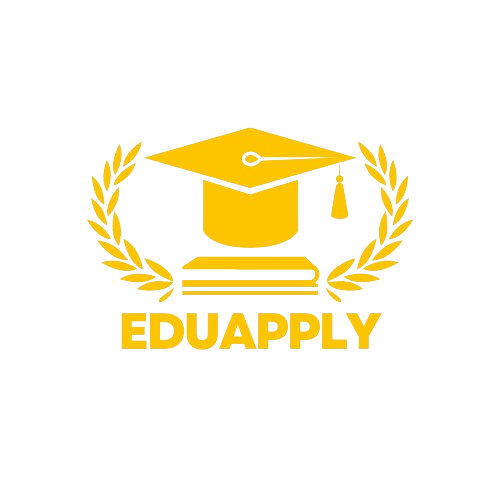Scholarships are a powerful tool for unlocking educational opportunities and empowering individuals to pursue their academic goals. However, for many potential applicants, the process of applying for and participating in scholarship programs can be riddled with accessibility barriers. This article explores the importance of removing these barriers and proposes strategies to ensure that scholarship opportunities are truly inclusive and accessible to all qualified individuals.
The Challenge of Inaccessibility: Why It Matters
Inaccessibility in scholarship programs can have a significant impact:
- Exclusion of Talent: If application processes and program requirements are not accessible, scholarships may inadvertently exclude talented individuals with disabilities or those from socioeconomically disadvantaged backgrounds.
- Unequal Playing Field: Complex application procedures, unclear requirements, or lack of resources can create an uneven playing field, favoring those with greater access to information and support.
- Wasted Potential: Untapped talent and diverse perspectives are lost when scholarship programs fail to accommodate the needs of all potential applicants.
Accessibility Considerations for Scholarship Programs:
- Application Materials: Scholarship application forms and information should be available in accessible formats, such as digital documents with screen reader compatibility and Braille versions upon request.
- Clear and Concise Communication: Use plain language and avoid jargon in application instructions and program details. Provide clear deadlines and expectations.
- Alternative Submission Options: Offer multiple ways to submit applications, including online forms, email submissions, and accessible document upload options.
- Disability Accommodations: Clearly outline the process for requesting and receiving disability accommodations during the application process and throughout the scholarship program.
- Financial Aid Considerations: Integrate support for scholarship recipients with financial limitations, potentially through additional grants or assistance with living expenses, textbooks, and technology.
Strategies for Promoting Accessibility
- Accessibility Audits: Regularly conduct accessibility audits of scholarship application materials and program websites to identify and address potential barriers.
- Diversity and Inclusion Training: Train scholarship program staff on accessibility best practices and the needs of diverse applicants.
- Partnerships with Disability Advocacy Groups: Collaborate with disability advocacy groups to ensure programs are accessible and inclusive.
- Accessible Outreach and Promotion: Promote scholarship opportunities through accessible channels, including social media with alt text descriptions, audio announcements, and outreach to disability organizations.
Examples of Accessible Scholarship Programs
- The Rhodes Scholarship: Offers a dedicated webpage outlining accessibility resources and support for applicants with disabilities.
- The Mitchell Scholarship: Provides clear information on requesting disability accommodations throughout the application and program duration.
- The Truman Scholarship Foundation: Emphasizes inclusivity in its mission statement and offers resources for applicants with disabilities.
The Road Ahead: Creating Opportunities for All
By making scholarship applications and programs accessible, we can ensure that everyone has a fair chance to compete for these life-changing opportunities. Here’s how stakeholders can contribute:
- Scholarship Providers: Prioritize accessibility in all aspects of your scholarship programs.
- Educational Institutions: Advocate for accessible scholarship practices and ensure all scholarship opportunities promoted on campus are accessible.
- Disability Advocacy Organizations: Collaborate with scholarship providers to raise awareness of accessibility needs and best practices.
- Students with Disabilities: Seek out scholarship opportunities that prioritize accessibility and do not be discouraged to apply. Highlight your strengths and qualifications.
Conclusion
Promoting accessibility in scholarship programs is not just about compliance; it’s about creating a level playing field and fostering a more inclusive educational landscape. By removing barriers and embracing diverse perspectives, we can unlock the full potential of scholarship programs and empower future generations to achieve their academic dreams. Let’s work together to ensure that scholarships are a true pathway to success for all deserving students.



